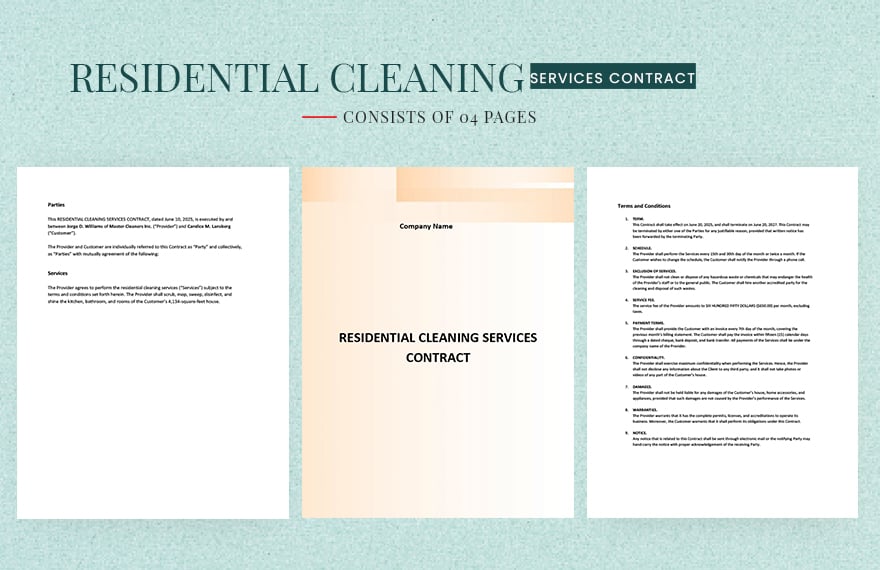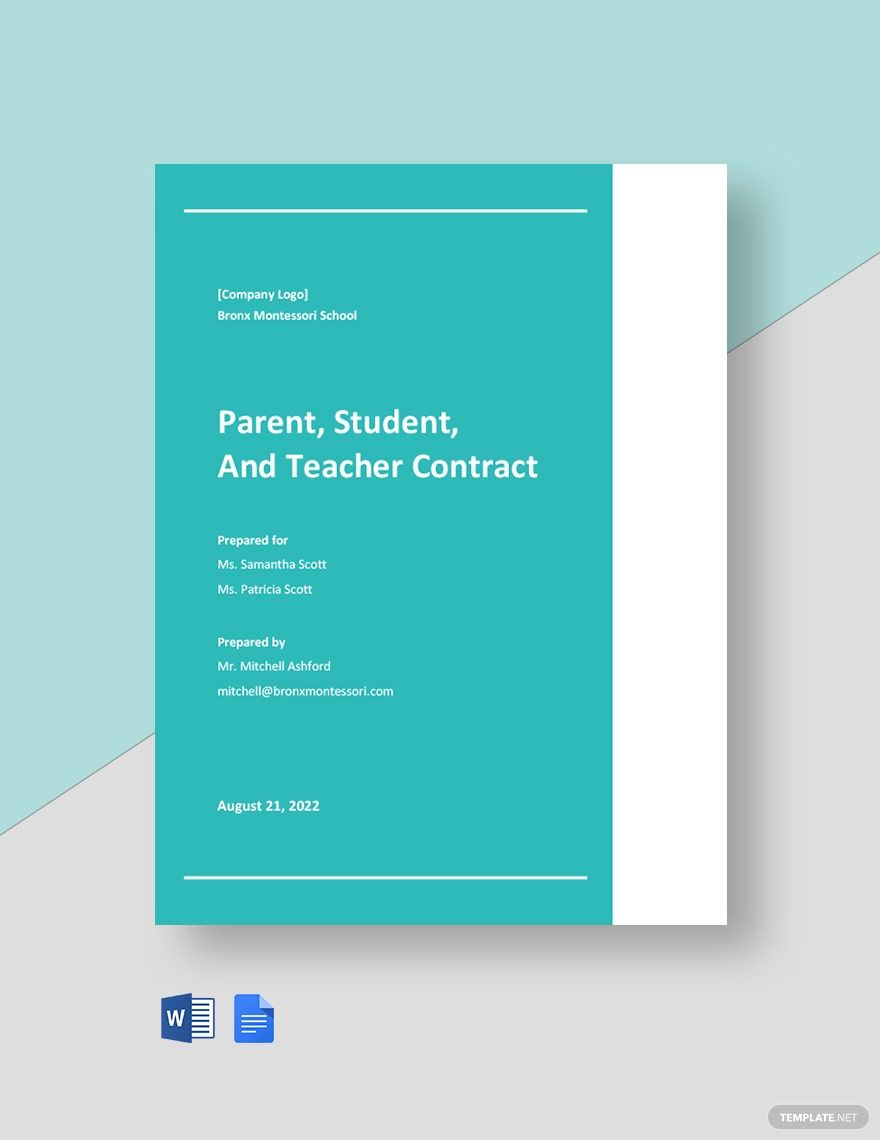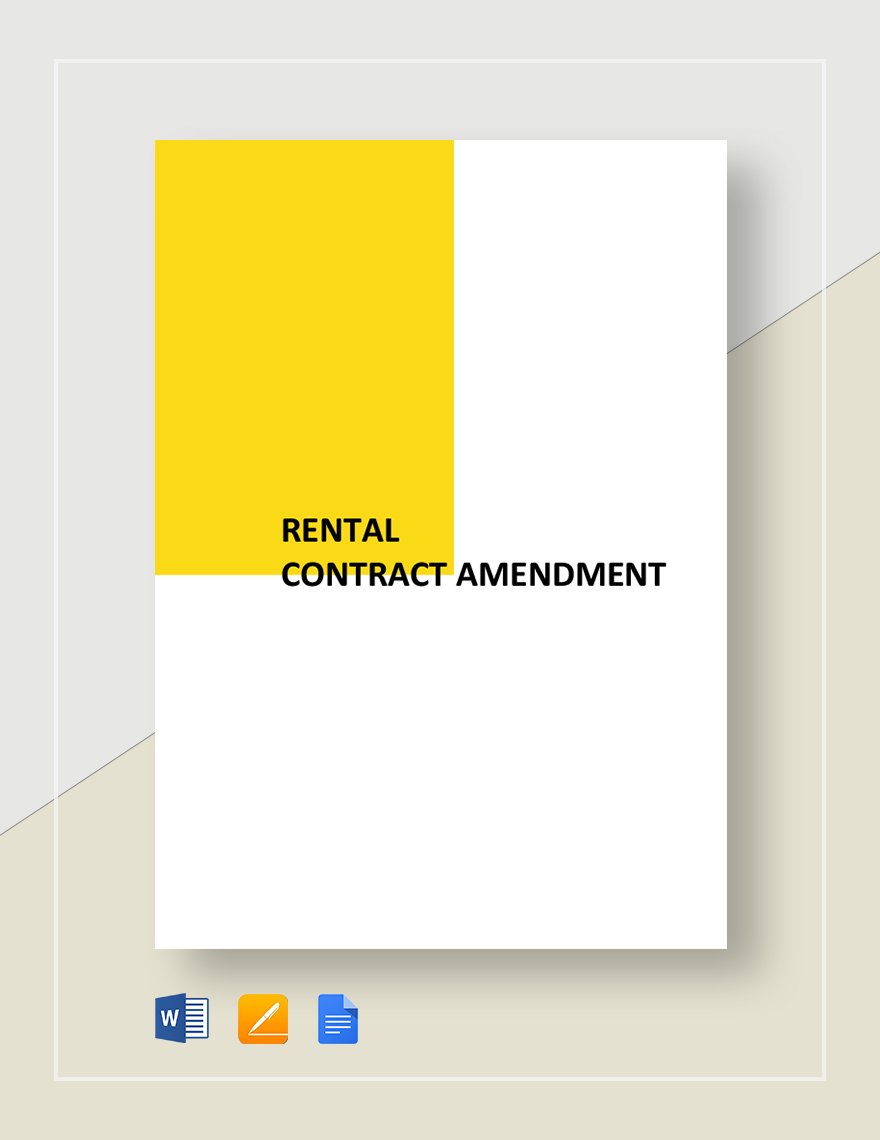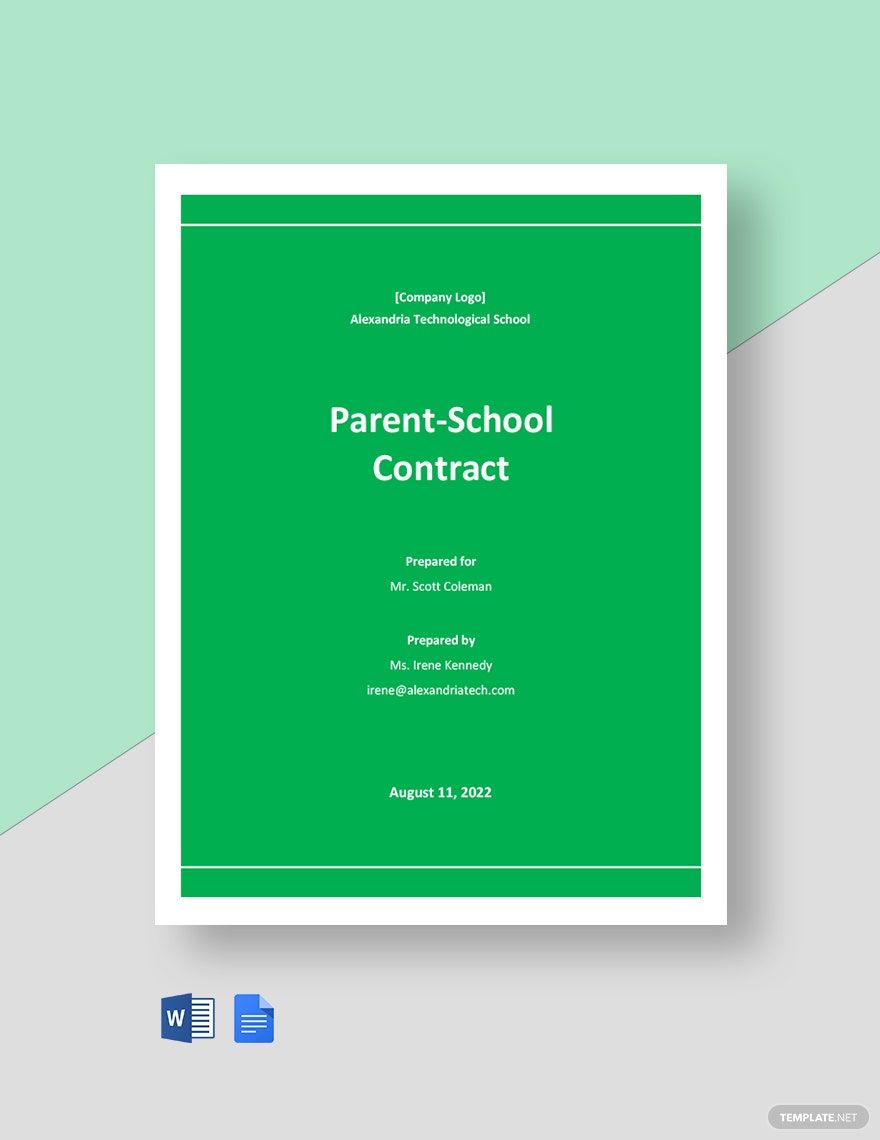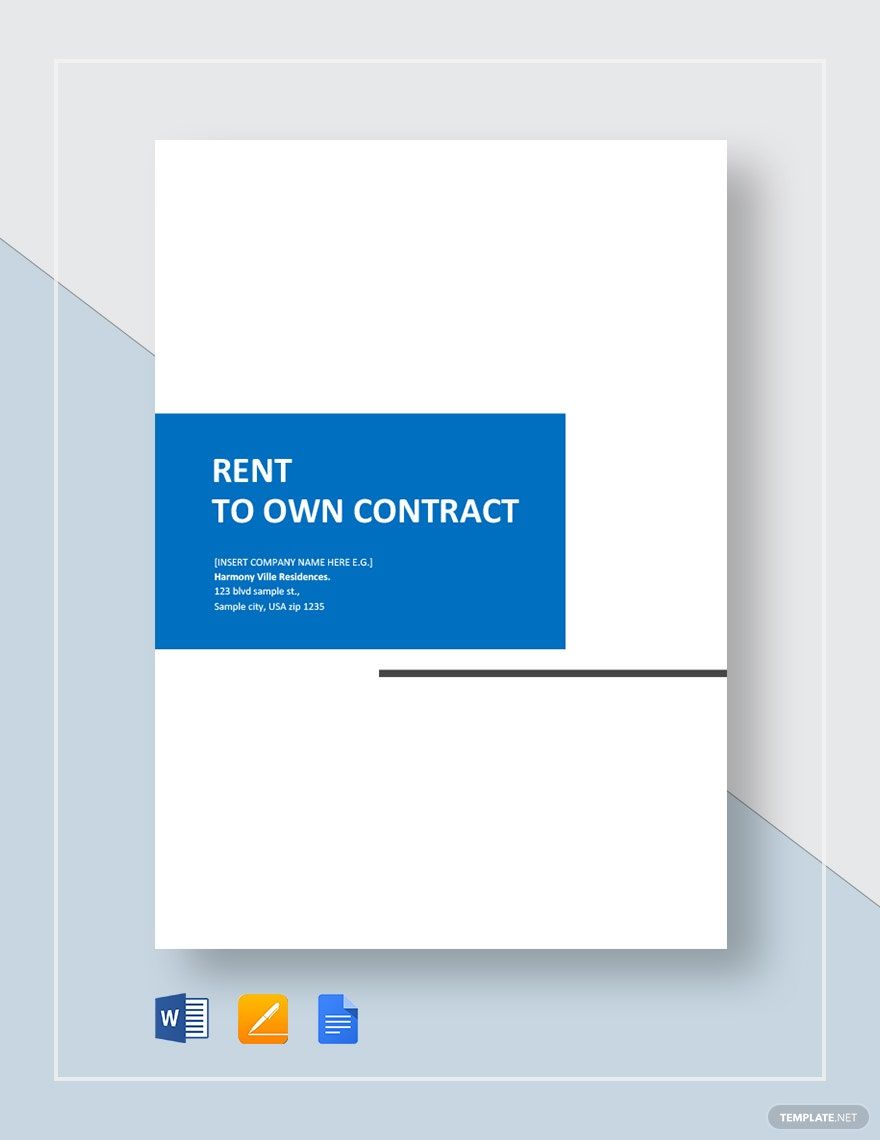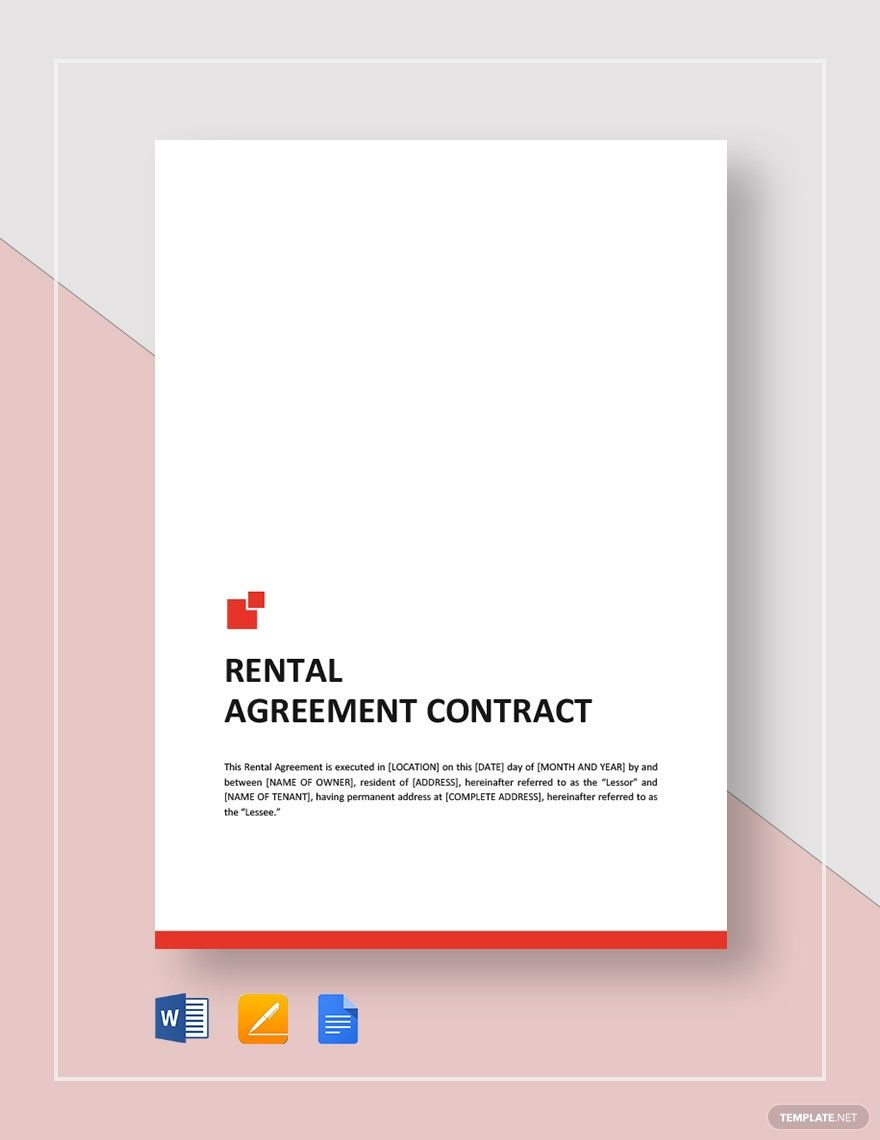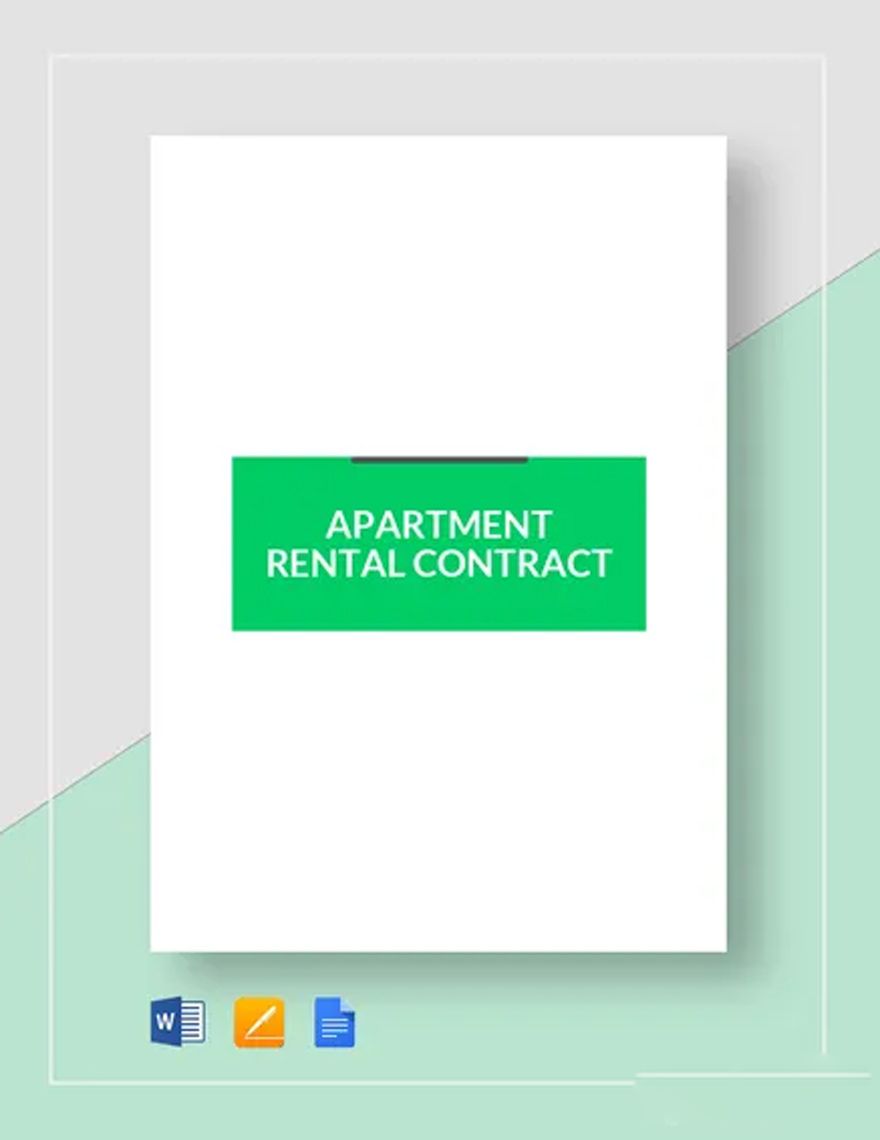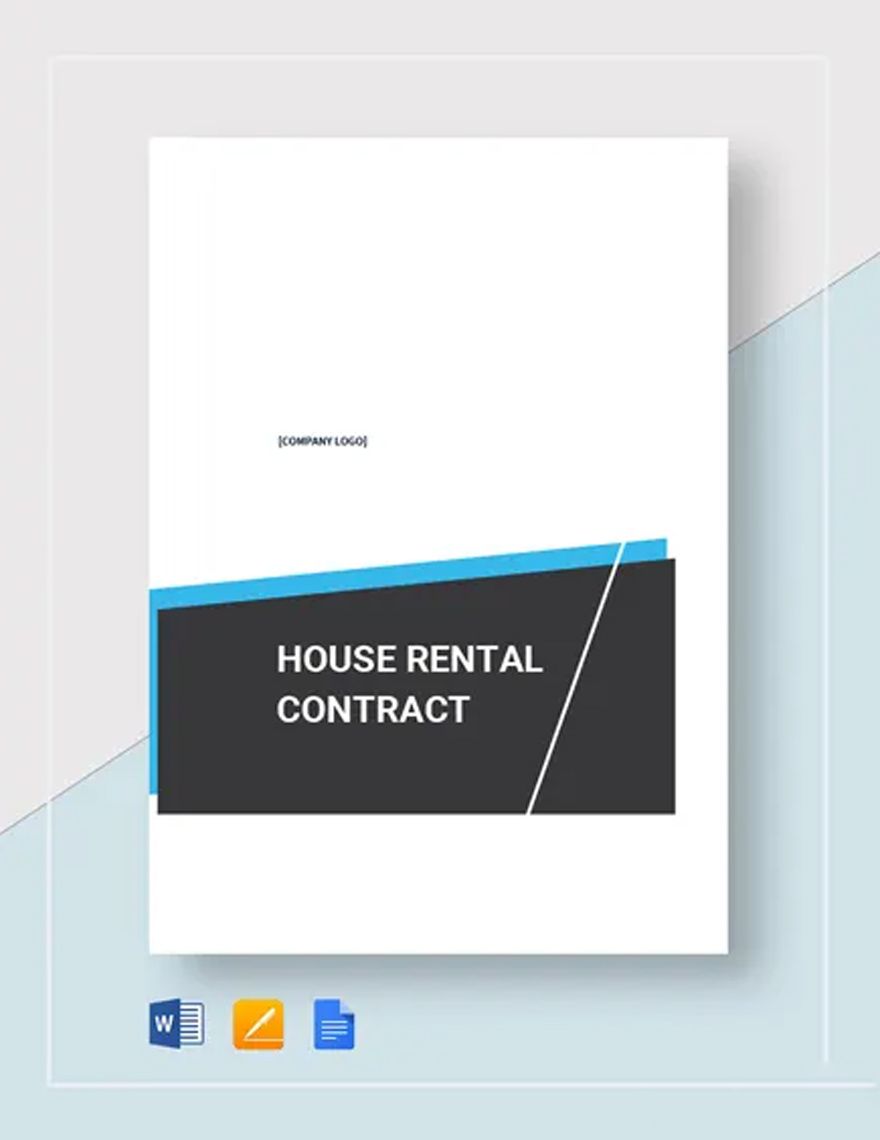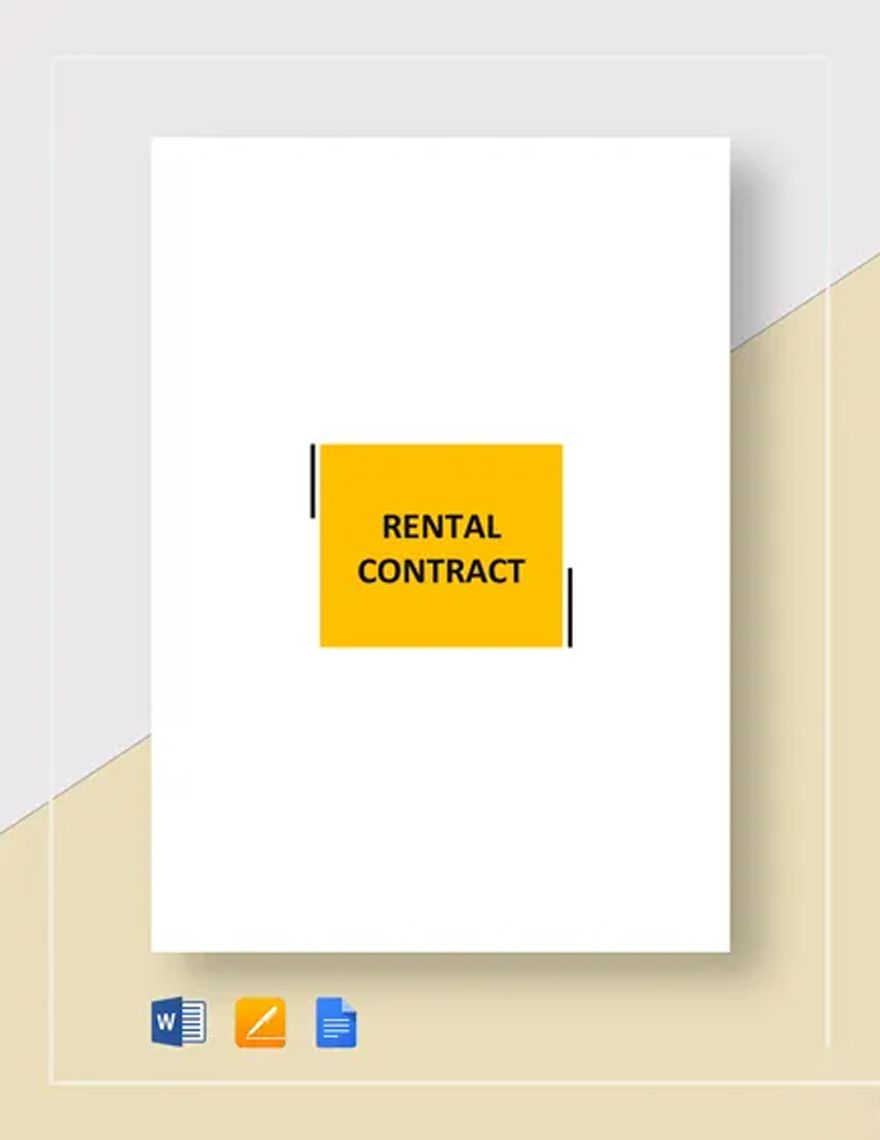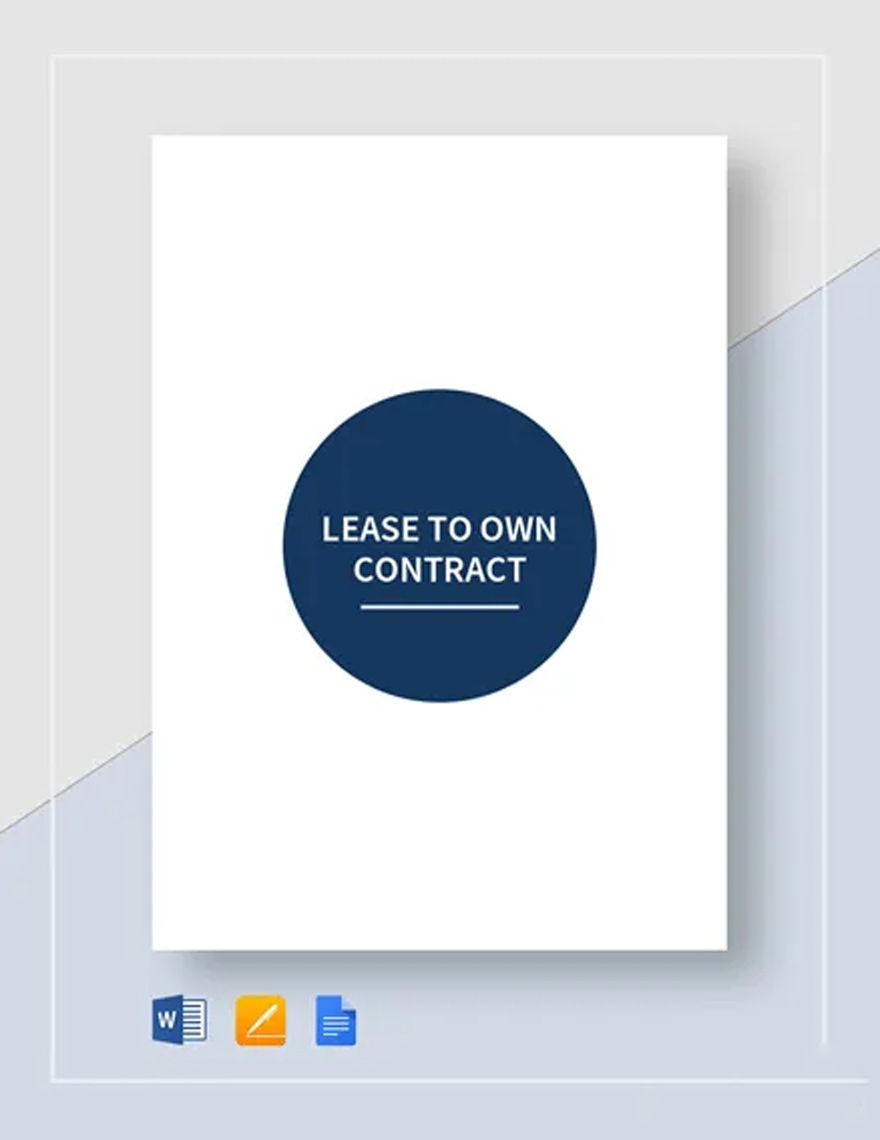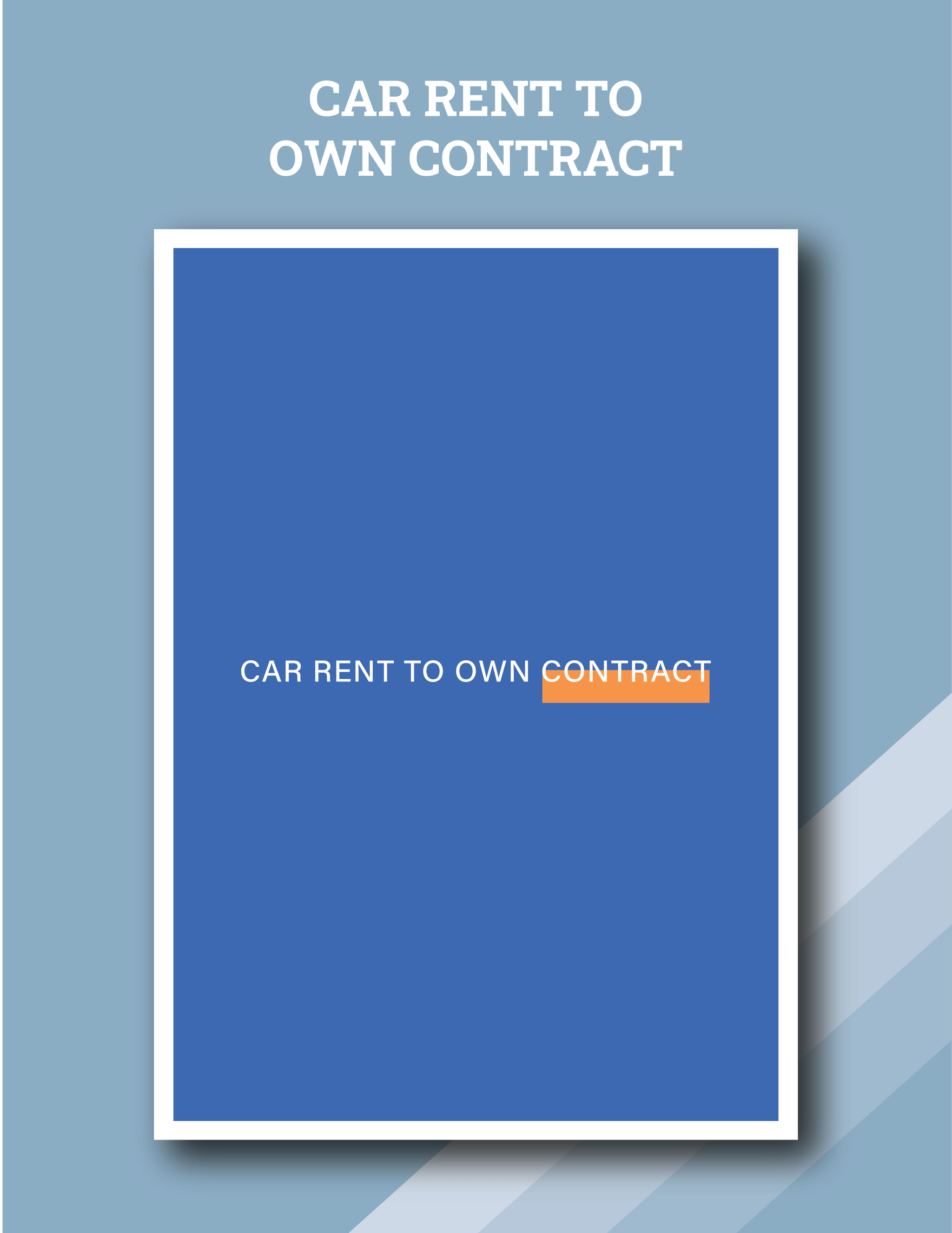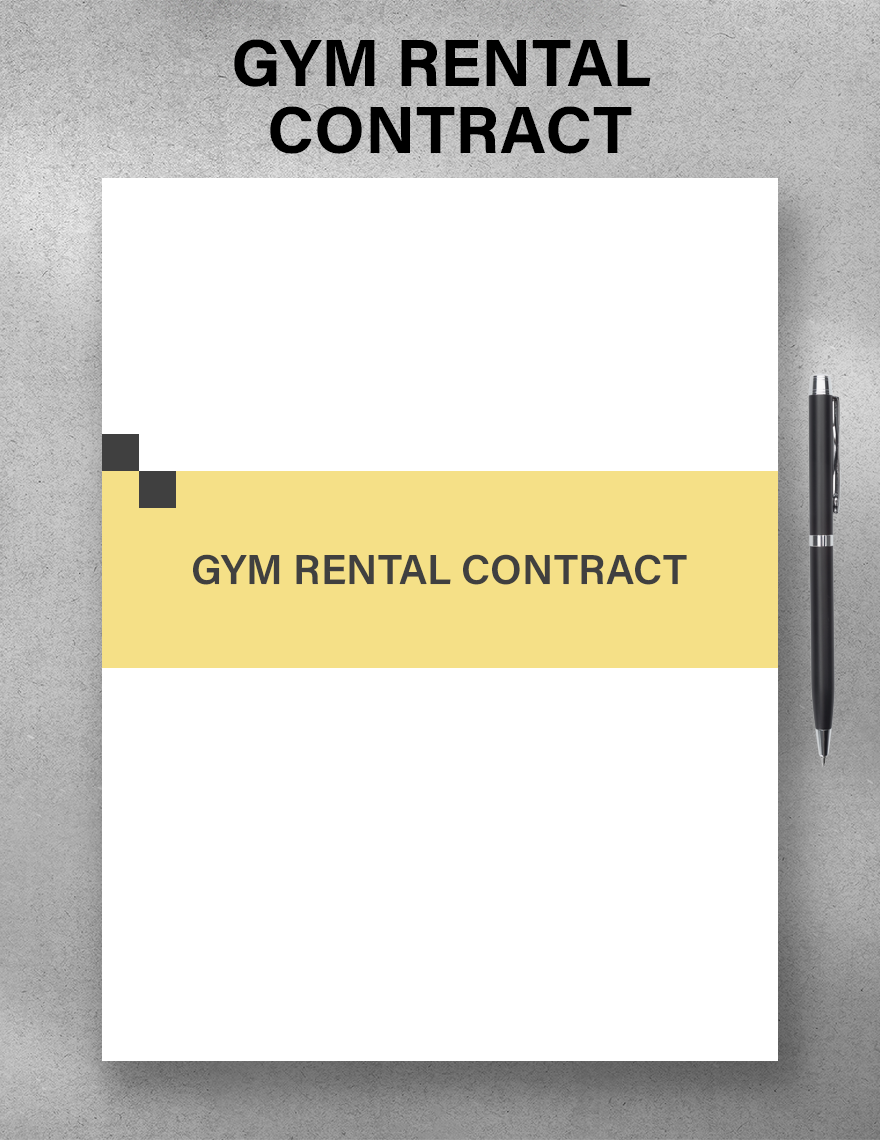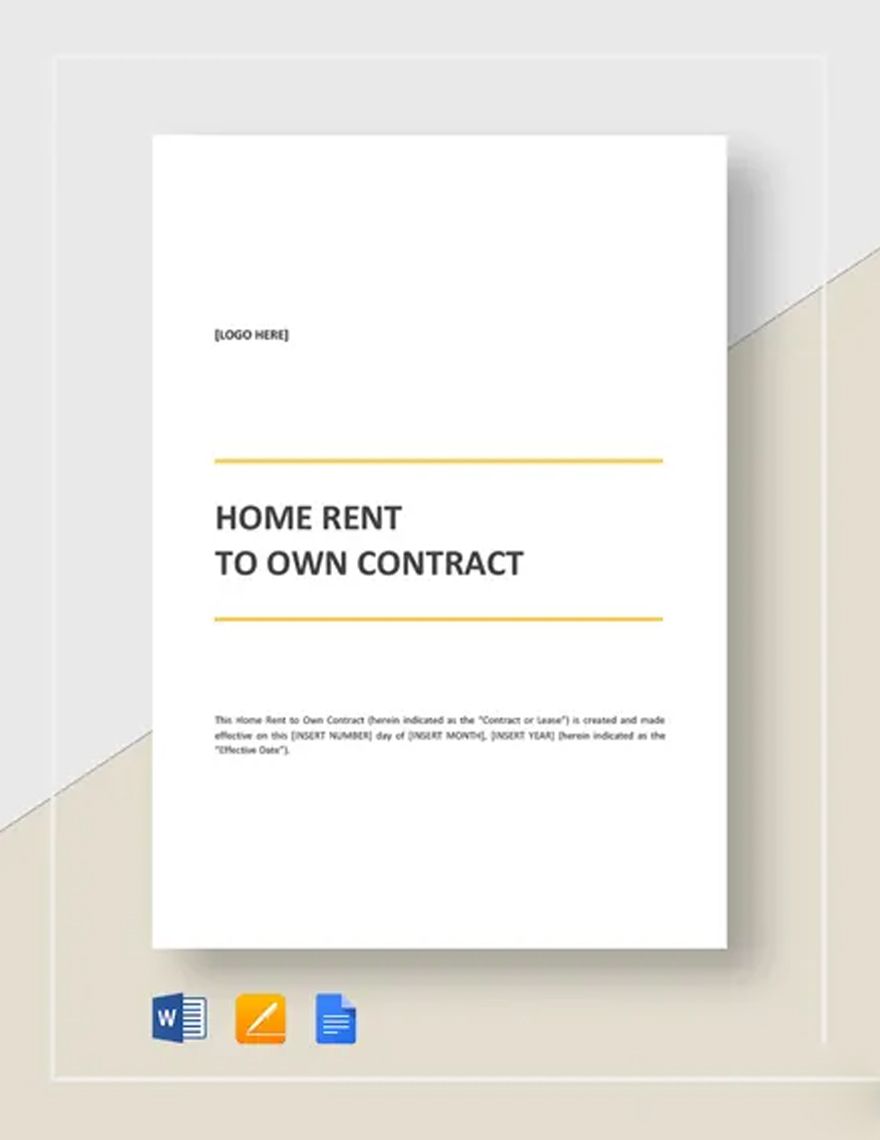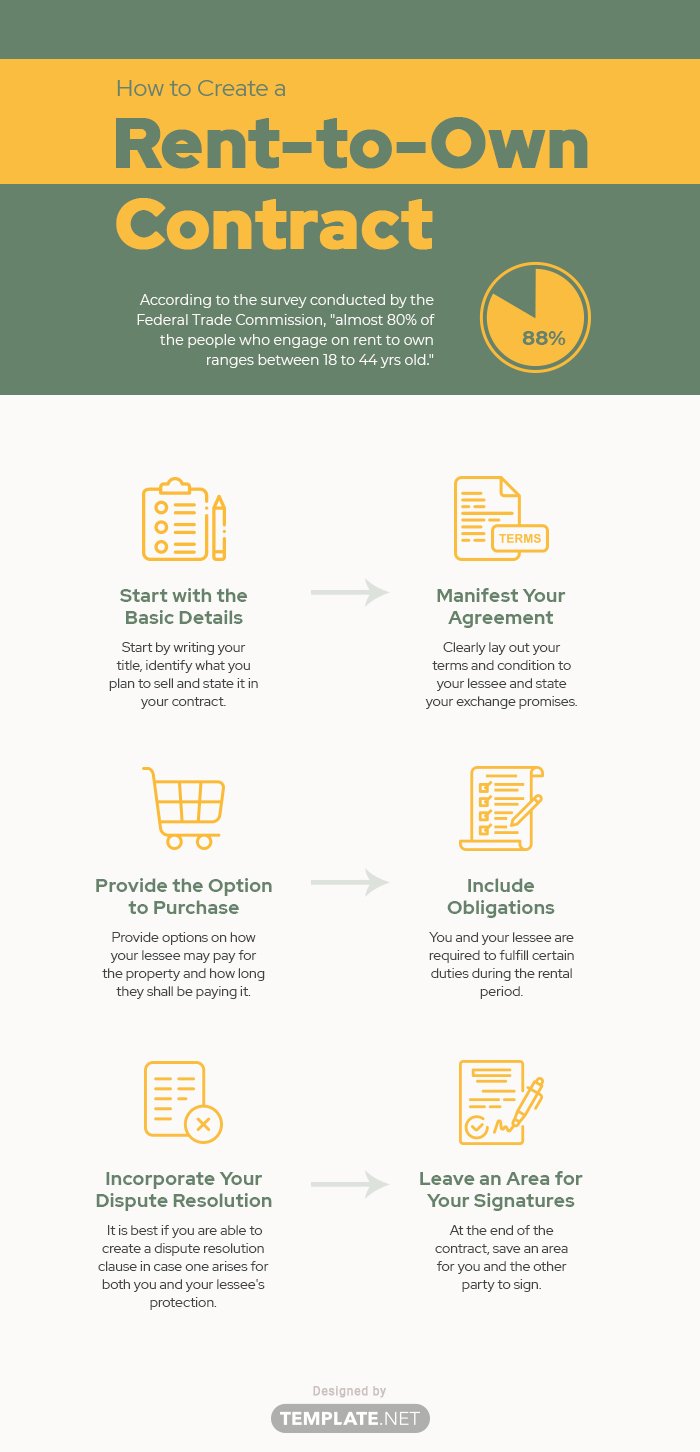A rent-to-own contract is a legal agreement that gives your tenants the option to purchase your rental property. Commonly applicable to mobile homes, vehicles, and real estate contracts, this lease purchase provides potential financial benefits to both you and your tenants in the long run.
According to the survey conducted by the Federal Trade Commission, "almost 80% of the people who engage on rent to own ranges between 18 to 44 yrs old." In addition, "the majority who engages rent to own eventually purchase the property rented." As the property owner, it's important to have a sample contract to keep things crystal clear with your potential clients.
1. Start with the Basic Details
Start by writing your title, identify what you plan to sell, and state it in your contract. A car, a house, or a piece of equipment, that depends on your choice. Enter the effectivity date of your lease, the name of your lessee as well as their rent payment. Include the details of your property plan and its current state before you hand it to them.
2. Manifest Your Agreement
Clearly lay out your terms and condition to your lessee and state your exchange promises. Describe your rental agreement from how it shall transition into a purchase agreement over the time of payment. Negotiate and state the amount of money to be paid and the manner of how and when it is paid.
3. Provide the Option to Purchase
Provide options on how your lessee may pay for the property and how long they shall be paying it. You may give them the right but not the obligation to purchase your property or you may oblige them to buy your property by the end of the rental period. To require them to purchase the property, just input the words "lease purchase" without the "option." If you wish to give them the freedom to choose, just add the word "option" in the purchase contract.
4. Include Obligations
You and your lessee are required to fulfill certain duties during the rental period. Include your lessee's obligation to pay during the rental period as per the rental contract, their responsibilities for making repairs and maintenance, as well as your obligation to do a property inspection.
5. Incorporate Your Dispute Resolution Clause
Disputes can occur anytime. It is best if you are able to create a dispute resolution clause in case one arises for both you and your lessee's protection. Layout a series of event contracts that can trigger a dispute and provide solutions for them. Furthermore, you can choose any law provisions that can govern your contract.
6. Leave an Area for Your Signatures
At the end of the contract, save an area for you and the other party to sign. You may include a space for the date of signature to trace when the official contract is validated. Include some witnesses to show proof of your whole arrangement and have it notarized by your lawyer for legal purposes. Remind your purchaser or renter to read the entire contract before he or she signs it.
